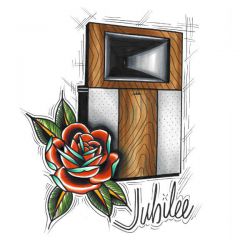-
Featured Topics
-
Klipsch La Scala AL6 (All New, Coming Soon) - Live Presentation by Chief Bonehead - Ask Questions Here
By Travis In Austin, in General Klipsch Info
- 17 replies
- 422 views
-
La Scala AL6 Giveaway-Spring Klipsch Museum Visitor Center Fundraising Campaign 1 2
By Travis In Austin, in Klipsch Museum: News & Announcements
- 20 replies
- 773 views
-
- 8 replies
- 2845 views
-
Klipsch Support Re: Heritage Crossover (pardonne-moi - crossover/balancing networks)
By Travis In Austin, in Technical/Restorations
- 1 reply
- 2065 views
-










